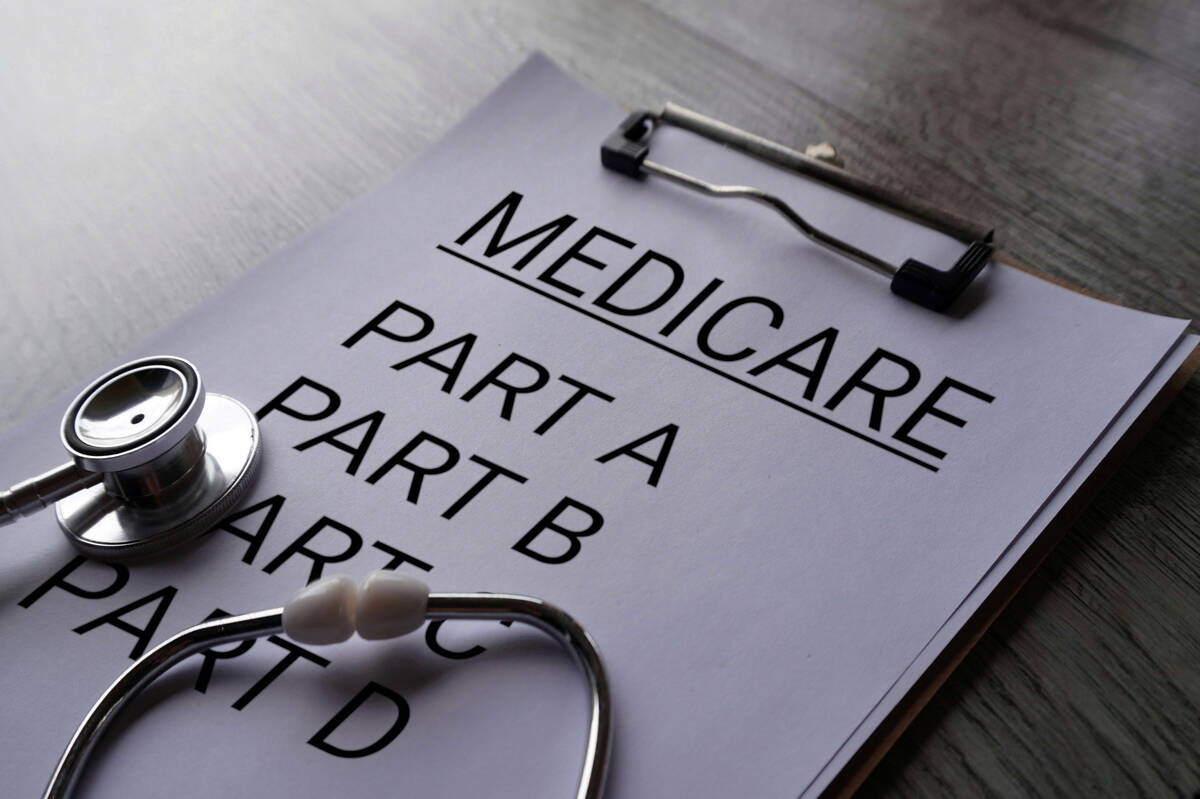Tips to take stressing, guessing out of Medicare enrollment
Dear Toni: I am turning 65 in September and am confused about my Medicare decision. I don’t know where to start or what to do.
Can you please help me understand my Medicare options? — Stephanie from Orlando, Fla.
Dear Stephanie: Most Americans feel an urgency to learn their Medicare options and are stressed over getting it right, because they know that one wrong move can jeopardize the retirement savings they worked so hard to build.
Here are some facts that those entering Medicare need to know:
Enroll on time: The only way Medicare is automatic for someone turning 65 is when they are already receiving a Social Security check. If you are not receiving your Social Security check and not working full time with employer benefits, then you will want to enroll in Medicare Parts A and B at ssa.gov.
Those who are working full time with employer benefits or are covered under their spouse’s benefits may want to delay enrolling in Part A (especially if a health savings account is an employee benefit; important Medicare rules apply) and Part B until they retire or lose their benefits.
Medicare is not free: Medicare covers a lot, and there is a cost associated with Parts A and B. You have been paying tax dollars for Medicare, and the premium for Part A is at no cost.
Part B has a premium that is based on how much you have earned for that year. In 2025, an average Medicare beneficiary pays $185 each month for the Part B premium. The 2025 Part A deductible is $1,676 every 60 days, or six times a year. The 2025 Part B deductible is $257 once a year, with Medicare paying 80 percent of the approved amount and you paying the rest (and many individuals purchase insurance to cover this 20 percent gap).
Know Medicare’s parts: Parts A and B cover hospital, medical and provider expenses. Part C, known as a Medicare Advantage plan, is another way of receiving your Medicare benefits. Part D is prescription drug coverage that can be enrolled in as a stand-alone plan with original Medicare and a supplement or bundled in a Medicare Advantage plan.
Medicare covers plenty: Part A covers inpatient hospital, skilled nursing facility care, home health and hospice care. Part B covers physicians’ services, outpatient surgery/services, lab/X-rays, MRIs, durable medical equipment and preventative services.
It doesn’t cover everything: Medical services not covered under Medicare include vision, hearing or dental expenses, as well as long-term care.
There’s no network with original Medicare: Your health care professional or facility bills Medicare directly.
Medicare Advantage may be a good option: You can choose between original Medicare (Parts A and B) or Medicare Advantage plans offered by private insurance companies.
Toni King is an author and columnist on Medicare and health insurance issues. If you have a Medicare question, email info@tonisays.com or call 832-519-8664.

















